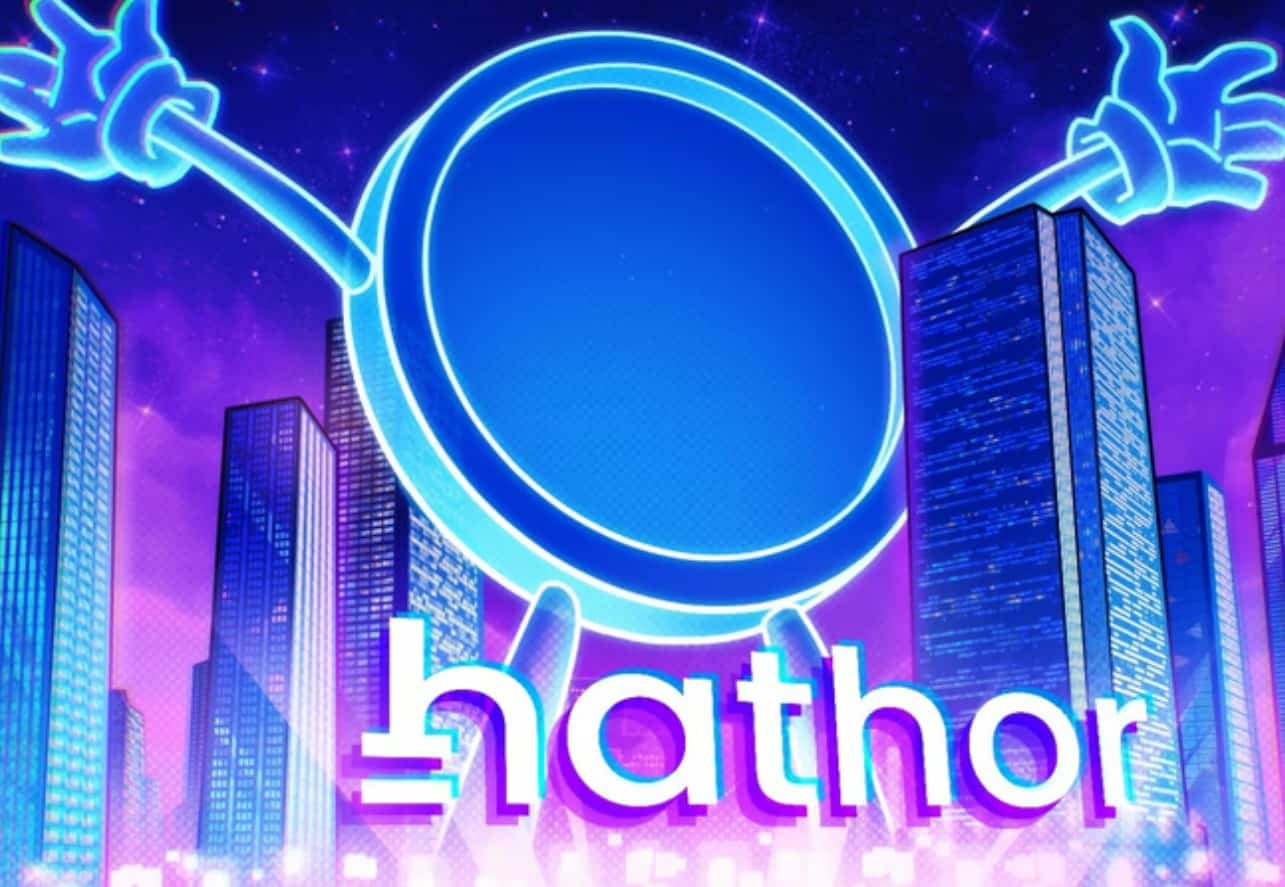
Hathor Network, an RWA-focused blockchain project, turns the page to start a new era with the introduction of Nano Contracts.
Real-world asset (RWA) tokenization is a promising use case of blockchain technology. Carrying RWAs onchain can unlock liquidity and enhance transparency across markets while making ownership more accessible. Industries ranging from real estate and fine art to intellectual property and traditional finance assets (TradFi) benefit from this approach, which empowers investors from all backgrounds and lays the groundwork for a more inclusive and efficient financial ecosystem.
Yet, as with any technological frontier, the journey is fraught with challenges such as regulatory uncertainties, development complexities and the risk of costly errors. Regulatory bodies, often struggling to keep pace with rapid technological advancements, introduce layers of complexity as projects seek compliance. Meanwhile, deploying secure and efficient tokenization solutions can require sophisticated coding skills, extensive testing and robust auditing protocols. Without reliable frameworks and tools, developers risk introducing vulnerabilities that threaten both project integrity and investor confidence.
Hathor Network is a blockchain specialized in RWAs. Tokenizing diverse real-world assets, the project aims to merge traditional finance with the decentralized economy with the launch of its smart contracts platform called Nano Contracts. Securing approval by Brazil’s securities regulator, Hathor eases worries about regulatory uncertainties by facilitating regulated use cases.
A revamped protocol
After five years of track record in the blockchain space, Hathor taps deeper into the Web3 world with the launch of Nano Contracts, an innovative smart contract platform. The platform marks a new era for Hathor that allows developers to easily develop and deploy decentralized applications (DApp) on the ecosystem, without facing the common hurdles.
Smart contract development, in many cases, is complicated and prone to error. Developers face steep learning curves, costly debugging processes and complex language requirements. As a result, mainstream adoption of decentralized finance (DeFi) and other blockchain solutions is often hindered by barriers that discourage both established companies and budding entrepreneurs from exploring decentralized innovations.
Currently in testnet, Nano Contracts are designed to simplify smart contract development and reduce risk, making it a handy tool for businesses exploring tokenization or DeFi products. By using Python, one of the most widely used and accessible programming languages, and abstracting unnecessary complexities, Nano Contracts lowers the technical barriers against DApp development and significantly reduces development time, costs and the likelihood of errors.
Nano Contracts operate on Hathor’s robust infrastructure. Thus, DApps on the platform can handle high transaction volumes without compromising speed or security.
Connecting RWAs and DeFi
During the first five years of operation, Hathor tokenized a wide range of assets and commodities, including wine collections, fan engagement tokens and even a $166 million court-ordered payment rights, to connect the real world with the digital. After receiving approval from Brazil’s SEC-equivalent, CVM, the company secured over $50 million in a security token offering (STO).
With the introduction of Nano Contracts, Hathor now seeks to create a bridge between RWAs and DeFi, merging these two worlds where tokenized real estate can potentially be used as collateral for decentralized loans. The smart contract platform will serve as the cornerstone of this vision, providing the tools needed to innovate securely and efficiently.
Nano Contracts introduce highly efficient, reusable blueprints for DApp development, offering the flexibility to execute transactions with low fees using HTR or custom tokens. At the same time, regular transactions on Hathor Network remain completely feeless, ensuring accessibility and scalability.
For the future, the platform plans to activate built-in security measures such as maximum extractable value (MEV) and front-running protection, introduce Ethereum Virtual Machine (EVM) and WASM compatibility and integrate an EVM bridge, which is a community-driven initiative Hathor supervises. Furthermore, an incentivized campaign will be live during the testnet phase for developers to explore the new platform throughout its journey.
While regulations catch up and markets mature, Hathor employs a proactive approach with regulatory-compliant use cases, demonstrating a readiness to scale as the legal landscape evolves. By combining this approach with developer-friendly tools and a focus on real-world applications, projects like Hathor show that blockchain can be powerful, approachable and compliant.
